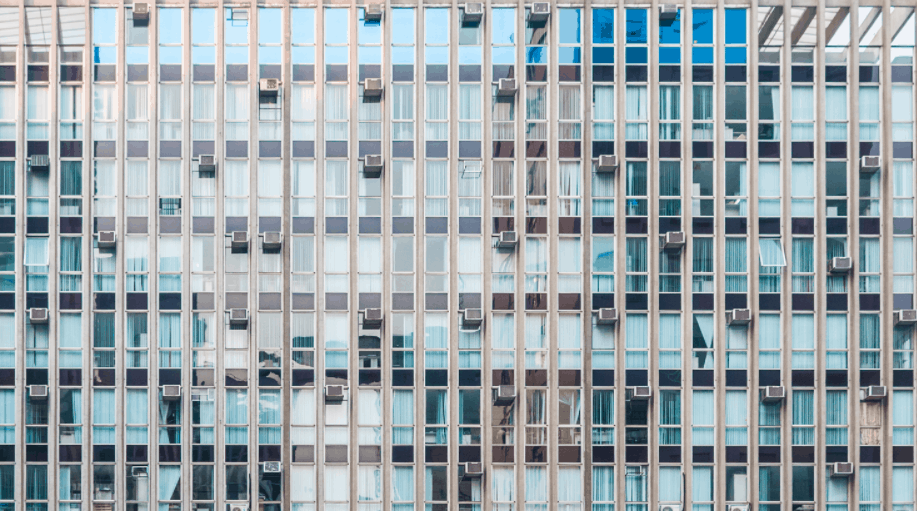
Sick Building Syndrome (SBS) is a little-known occupational hazard. SBS can develop as a a result of exposure to common contaminants present in indoor air, known as volatile organic compounds (VOC). These include upholstery, carpeting, copy machines, cleaning agents, and numerous other airborne building contaminants. Hazards are associated with devices that emit electromagnetic radiation linked to cancer, attributed to microwaves, televisions, and computers.
The reason that SBS is so hard to identify is because there is a long list of abstract symptoms. Signs are wide-ranging and often mistaken for colds, flus and allergies. The National Library of Medicine defines symptoms of Sick Building Syndrome as:
“Headache, dizziness, nausea, eye, nose or throat irritation, dry cough, dry or itching skin, difficulty in concentration, fatigue, sensitivity to odours, hoarseness of voice, allergies, cold, flu-like symptoms, increased incidence of asthma attacks and personality changes.”
Often, those who suffer from SBS will experience relief soon after leaving the building. Still, the effects of neurotoxins can linger and lead to “Building Related Illness” (BRI) such as Legionnaires’ disease.
Poisonous indoor air is often neglected in research and media, in favor of publicizing the danger of outdoor pollutants. “Outdoor air is a political hot topic,” says Jan Sundell, a researcher at the Technical University of Denmark. “You get sick due to indoor air. You die due to indoor air.” In fact, in 1984 when awareness originally spread about SBS, the World Health Organization released a report suggesting that “up to 30 percent of new and remodeled buildings worldwide may be the subject of excessive complaints related to indoor air quality”.
Office buildings are usually constructed to be energy efficient, which may translate to “airtight”. Inadequate or ineffectively distributed heating, ventilation, and air conditioning are one of the main contributors to Sick Building Syndrome. Whenever possible, open the windows and encourage your co-workers to do the same. In some cases, the air intake vent of a building will be poorly located and ends up choking the office by pumping in exhaust or fumes. Investigate the ventilation system your building uses.
Sick Building Syndrome can also be caused by your home environment. Older homes are particularly at risk for containing toxic chronic mold that can cause sicknesses in your family and pets. It’s a good idea to use a test kit to measure air quality and purchase an air purifier. Some other common contaminants in the home include standard mattresses which are doused in flame retardants, varnished plywood, and wall-to-wall carpeting. Additionally, use natural alternatives to standard cleaning products.


